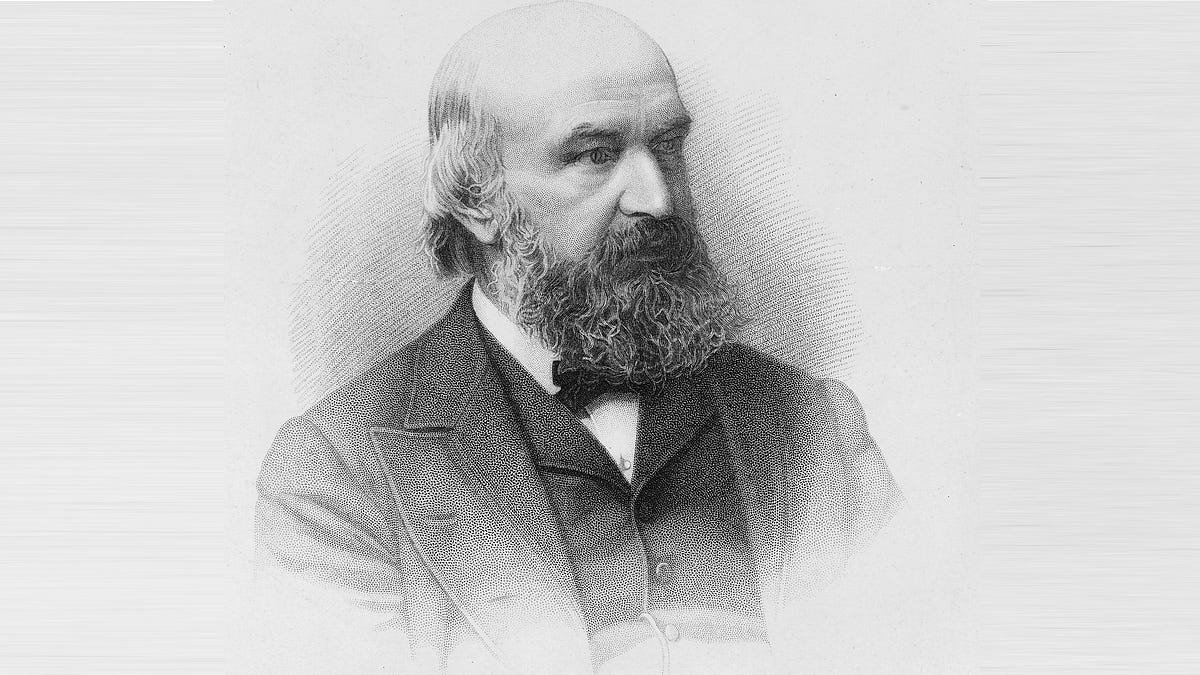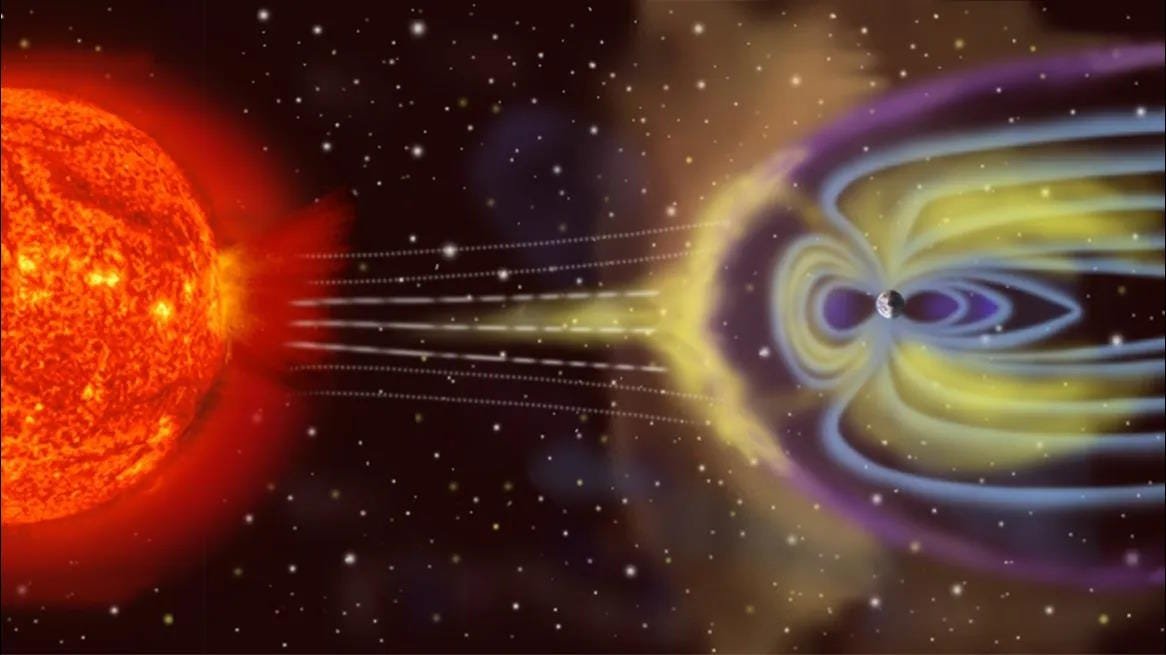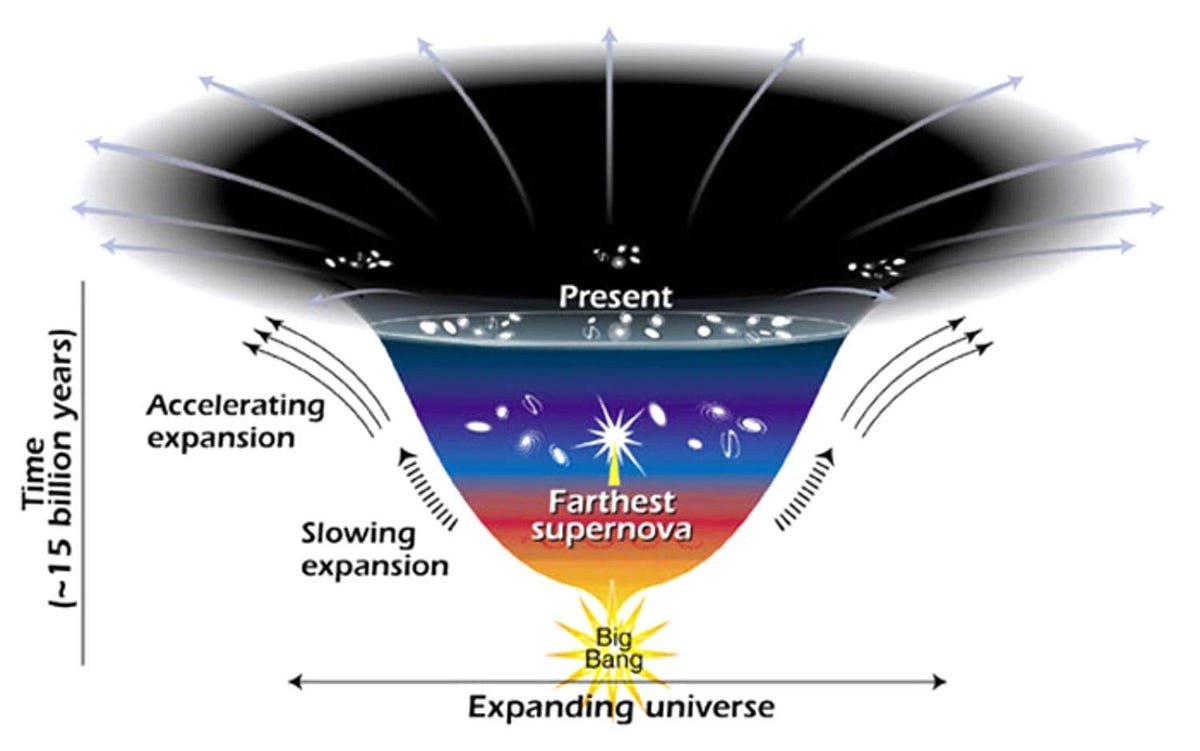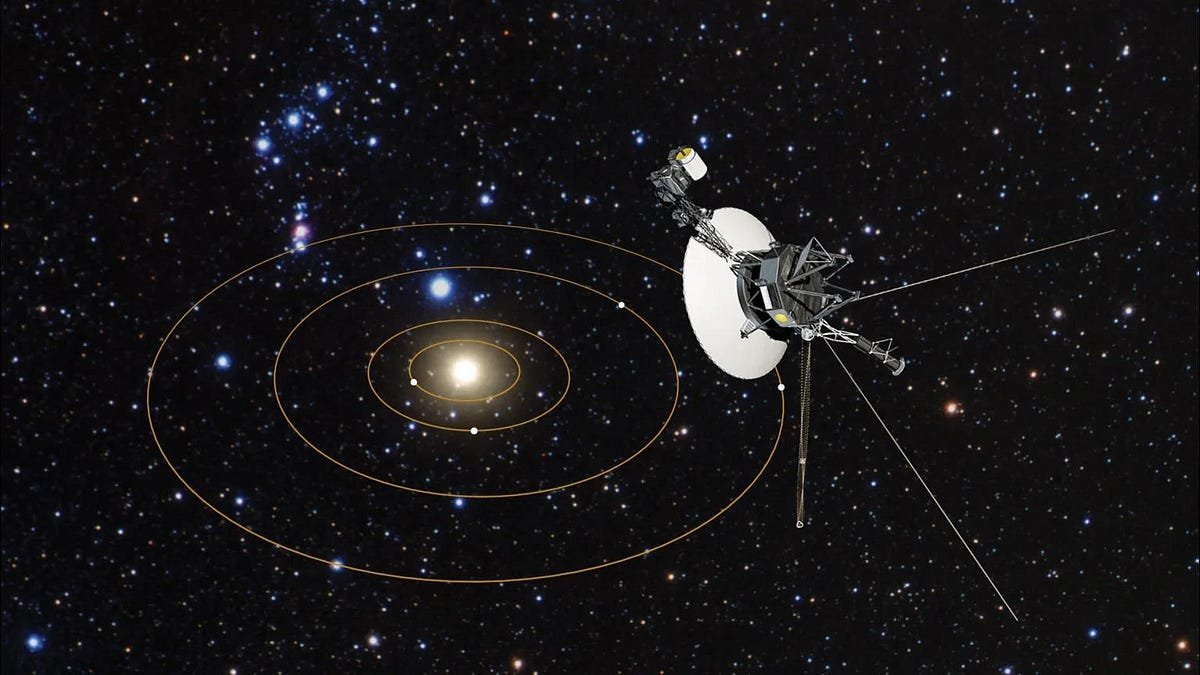
JWST’s new and improved exam of Uranus shines | by Ethan Siegel | Starts With A Bang! | Dec, 2023
As Uranus approaches its solstice, its polar caps, rings, and moons come into their best focus ever under JWST’s watchful eye. See it now!
If you examine a planet like Earth over the course of a year, you’ll notice a great many changes. Day to day, the most significant changes will come from cloud cover and weather patterns, as the motion of storms, fronts, and water throughout Earth’s atmosphere are all variable. On longer timescales, the changing of the seasons will lead to the greening and browning of continents, the advance and retreat of glaciers, ice sheets, and polar caps. And these changes will be punctuated by singular events: geomagnetic storms, blackouts, and severe weather events at various times. All of these changes affect our planet’s appearance, dependent on when we take our particular snapshot.
But for Uranus, the story is far more dramatic. Unlike Earth, with its ~23° axial tilt, Uranus rotates almost perfectly on its side, with a ~98° axial tilt: just 8° off from perfect sideways rotation. Instead of a single calendar year, Uranus takes 84 Earth years to complete a revolution around the Sun. And this means that every 21 years, it transitions from Uranian solstice, where one pole points directly at the Sun and the other point directly away, to Uranian equinox, where each part of that world receives equal night and daylight, and then back again in the next 21 years. With its second view of Uranus, the true power of JWST for investigating this outer Solar System world has come into focus, and what we’re finding is already blowing scientists away.
Let’s work our way from the inside out. First, in this ultra-close-up view of our 7th planet, you can clearly see the planet itself has a bright, highly reflective feature on the right side of this image. It appears to be densest in one small, roughly circular region: that is the polar cap on Uranus’s south pole. Whereas in visible light, Uranus appears as just a monochrome bluish ball at this point in time, the large amount of high-altitude ice and clouds in its atmosphere still…




